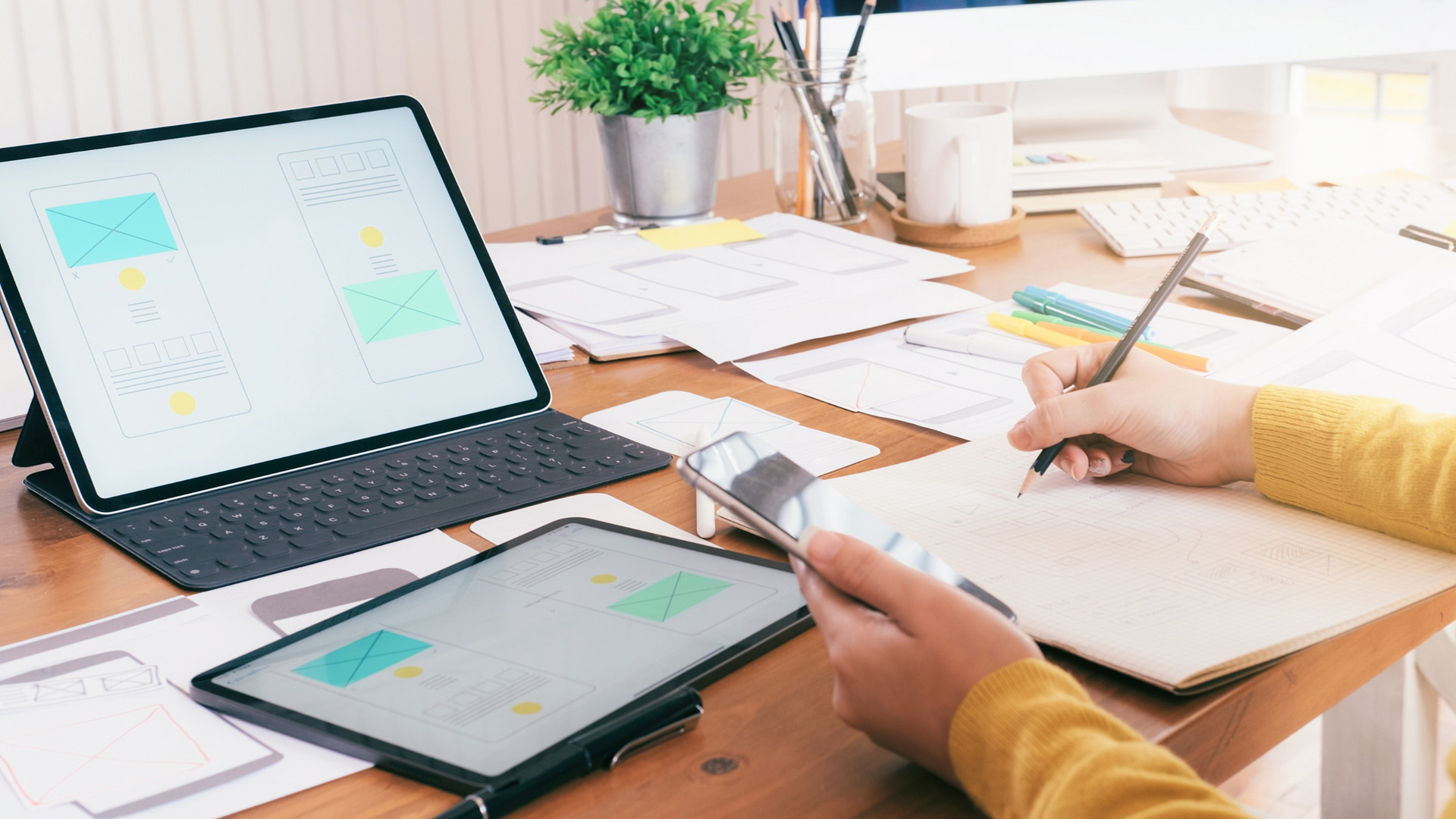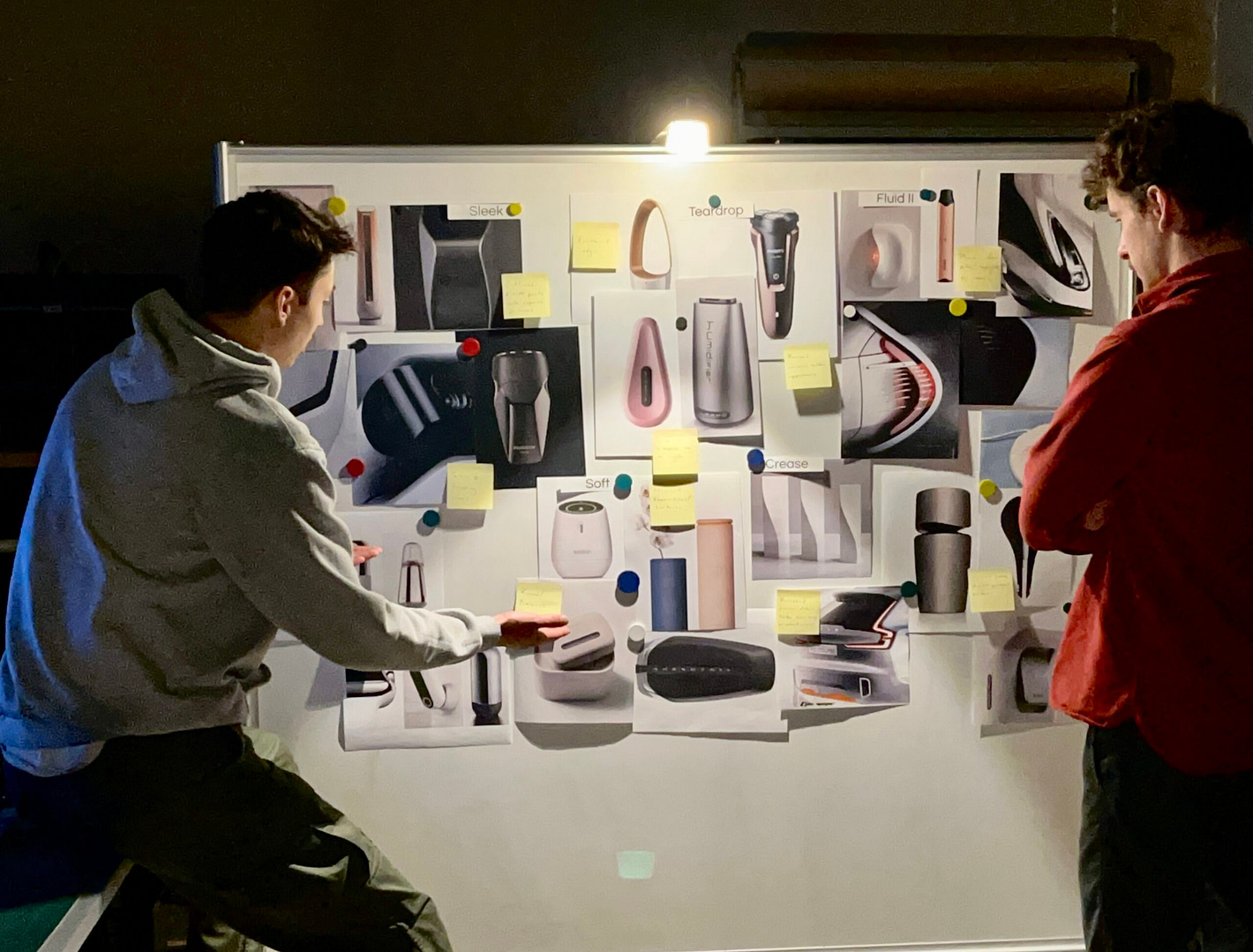When looking for areas to cut costs and save time, most of the opportunity occurs within the design phase. When considering cost-saving elements in design, consumer expectations and benefits must be addressed to maintain perceived value while creating a more time and cost-effective design. A practical approach includes a few key factors.
We’ll guide you through considerations involving addressing the specific features your customer cares most about, and modifying or excluding those they place less importance on.
It’s essential to recognize that cost-effective improvements blend perceived benefits with lower costs – Can you change the overall aesthetic or design without increasing manufacturing costs? Can you use less expensive parts to increase perceived value to your customer? And for those interested in exploring simplified features for ease of use, more comfort, and more durability without complicated (read: expensive) additions, we’ll address how to balance that with quality design to create profitability and product/brand reputation.
Tips to Manage the Cost and Features of your Design with Profitability in Mind
- Communicate with Your Team and Ideal Consumer
Take the time to do the market research, and ask the stakeholders and those who categorically understand the product due to their experience and exposure. Recognizing what your consumer is able and willing to pay for the product, and getting a 360 perspective of the design and vital features will help prioritize and balance features with product and manufacturing costs. There are a variety of methods and models design teams use to determine the features that are the most universally valuable. Digging into a method that’s appropriate for your design and team and keeping those features in mind can help you strike the best balance between the cost and quality of your design.
- Research and Consider the Costs vs. the Value
High-cost features make sense if all stakeholders and consumers consistently respond well to them. Yet, there are often lower-cost alternatives and creative modifications that can offer the same benefits. Knowing the costs up-front and being informed of alternatives can help make these decisions easier.
- Remain Goal-Oriented
Changes to design or cost can have lasting effects on the course of creating and manufacturing your product. Altering or excluding features can bring you closer or further away from the primary focus, and it’s important not to lose sight of the original goal as changes are made. Design choices affect sustainability, affordability, durability, and scores of other factors that contribute to the value of your product. Depending on your primary goals, shifting ideals for affordability could have deleterious effects on profitability.
It’s common to lose momentum or play the comparison game with the competition and the features they include. Recognizing fundamental advances and trends while remaining goal-oriented and focused on improving the product’s capabilities based on these goals will help set your design apart from its competition.
- Strike a Balance between Dedication and Simplification
It’s important to take the time to think outside the box while preventing the design from becoming increasingly complex. Comprehensive and exceptional product design requires time. Rushing or complicating the design can raise costs and lower consumer interest and satisfaction in the long run. Practical and valuable design is well-thought-out and scrutinized to bring the best features with the lowest possible overhead.
Feature inclusion or deletion can dramatically change cost and value, and it’s typically a wise choice to approach your research, commitment, and innovation through a focused and exhaustive scope. Correspondingly, that focus should help limit over-elaborate features that will complicate the benefits and diminish your design’s perceived value and profitability.
The process of design informs the quality of the product. For support to accelerate, inform, and discover the best design process for your consumer, commercial, medical, or digital project needs, Choi Design Group can help build a foundation of success. Learn more about how our process and approach can complement your design development by contacting us today.




